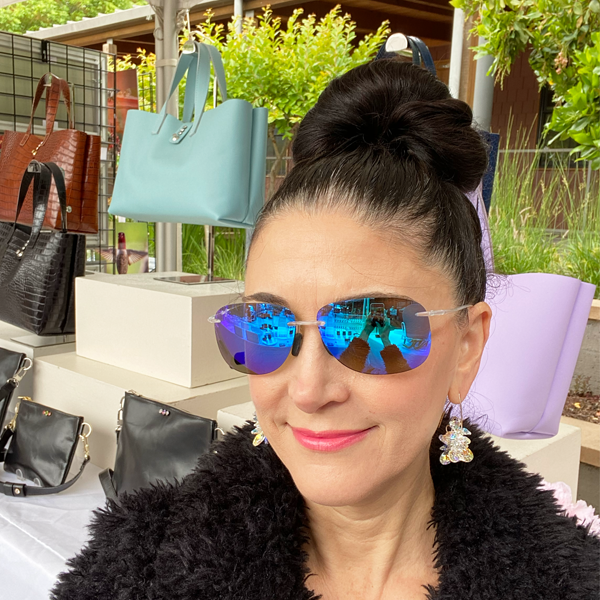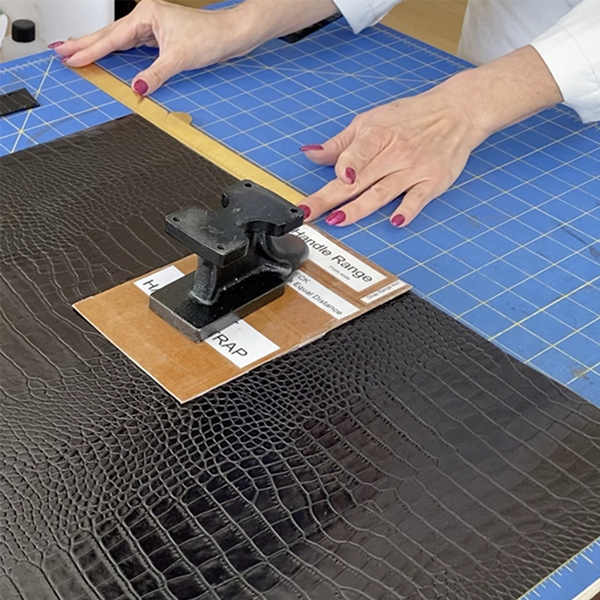Cleaning Gemstone Jewelry

Welcome to Expert Gemstone Care
Your gemstone jewelry is a unique expression of beauty and craftsmanship—and it deserves careful attention. Whether it's a vibrant garnet or an elegant sapphire, each stone has its own needs. This guide provides essential cleaning tips tailored to different gemstone types, helping you preserve their brilliance and longevity.
Below, you’ll find a comprehensive chart outlining the preferred cleaning methods, do’s and don'ts, and professional advice for each variety of gemstone. Use this resource to keep your treasured pieces shining and safe for years to come.
Why Some Gemstones Require Extra Care
Not all gemstones are created equal—each has unique characteristics that affect how they respond to cleaning, wear, and environmental exposure. Here’s what makes some gems more delicate:
1. Hardness vs. Durability
Hardness (measured on the Mohs Scale ) reflects a gem’s resistance to scratching—but not its overall toughness. For example, diamonds resist scratches but can still fracture under impact. Softer gems like pearls, opals, and turquoise (Mohs 5–6) are much more vulnerable to scratching—even during routine cleaning.
2. Cleavage and Fracture Risks
Gems like emeralds, tanzanite, and topaz have natural planes of weakness (cleavage), making them prone to cracking under stress. Inclusions and internal fractures further reduce a gem's resilience, especially when exposed to ultrasonic cleaners or heat.
3. Porosity and Sensitivity
Porous stones such as pearls, amber, turquoise, lapis, and coral absorb liquids and chemicals, which can stain or damage them. These should never be soaked—instead, use a soft, damp cloth for gentle cleaning.
4. Heat and Light Sensitivity
Some gemstones are sensitive to heat or prolonged light exposure. Opals can crack from sudden temperature changes. Heat-treated quartz like citrine and amethyst may fade in high heat or direct sunlight. Morganite and aquamarine often have liquid inclusions and should not be steam-cleaned.
5. Treated or Enhanced Gemstones
Many gemstones are treated to improve appearance—through oiling, dyeing, fracture filling, or coating. These enhancements can break down if exposed to harsh cleaners or heat. For instance, emeralds are commonly oiled, and aggressive cleaning may strip these treatments and expose surface cracks.
6. Mechanical Cleaning Hazards
Ultrasonic and steam cleaners may be safe for hard, untreated stones like diamonds or sapphires—but they pose risks for:
– Gems with internal fissures or cleavage
– Treated stones
– Porous or organic materials like pearls and turquoise

Quick Reference: Handle with Extra Care
| Gemstone Type | Reason for Caution |
|---|---|
| Emerald, Tanzanite, Topaz | Cleavage/fracture zones—susceptible to cracking |
| Opal, Pearl, Turquoise | Porous or organic—susceptible to heat, chemicals, scratching |
| Heat-treated Quartz (Citrine, Amethyst) | Fading risk under heat/sunlight |
| Oiled or Fracture-filled Gemstones | Oils/resins can be removed by aggressive cleaning |
| Inclusion-Rich Gems | Internal stress points may worsen under vibration or heat |
Practical Cleaning Tips
- Always use warm, soapy water and a soft brush for routine cleaning.
- Avoid ultrasonic or steam cleaning for delicate or treated stones.
- Use a soft, damp cloth to spot-clean porous or organic gems.
- When in doubt, consult a professional jeweler or gemologist—treatments affect how a gem should be cleaned.
Gemstone |
Warm Soap& Water |
SteamClean |
UltraSound |
| Alexandrite | Yes | Usually | Usually |
|
Amethyst
|
Yes | Never | Usually |
| Apatite | Yes | Never | No |
| Aquamarine | Yes | Usually | Usually |
| Chalcedony | Yes | Usually | Usually |
| Citrine | Yes | Never | Usually |
| Coral | Yes | Never | Never |
| CZ | Yes | Yes | Yes |
| Diamond | Yes | Usually | Usually |
| Diopside | Yes | Never | Never |
| Emerald | Yes | Never | Never |
| Garnet | Yes | Never | Usually |
| Iolite | Yes | No | No |
| Jade | Yes | No | No |
| Lapis | Yes | No | No |
| Labradorite | Yes | No | No |
| Malachite | Yes | Never | Never |
| Moonstone | Yes | No | No |
| Morganite | Yes | Usually | Usually |
| Opal | Yes | No | No |
| Pearl | Wipe gently | No | No |
|
Peridot |
Yes | Never | Risky |
| Ruby | Yes | Usually | Usually |
|
Sapphire |
Yes | Usually | Usually |
|
Spinel |
Yes | No | No |
| Tanzanite | Yes | Never | Never |
|
Topaz |
Yes | Never | Never |
| Tourmaline | Yes | Never | Never |
|
Quartz |
Yes | Never | No |
| Turquoise | Yes | Never | Never |
Related Articles:






